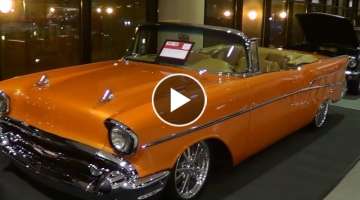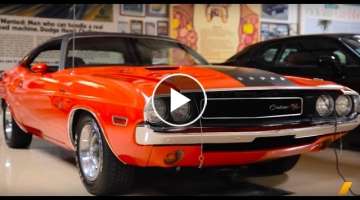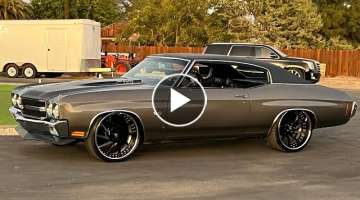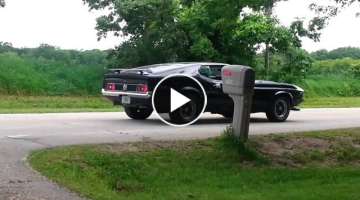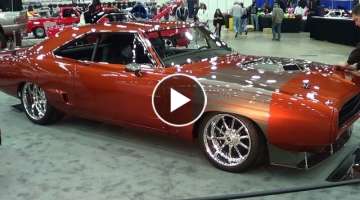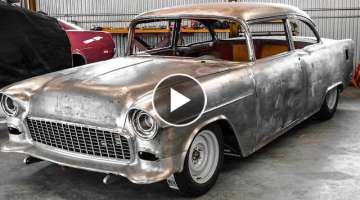Gypsy Rose: Lowrider Legend
The Impala name was first used by Chevrolet to denote the top-of-the-line Bel Air for 1958, and its popularity led to it becoming a standalone model range the following year. General Manager Ed Cole defined the Impala as 'a prestige car within the reach of the average American citizen.' It was designed and developed under the guidance of master stylist Harley Earl, and it would go on to be Chevrolet's best-selling, as well as its most expensive, product. Debuting midway through 1961, the Super Sport (SS) option package transformed the Impala into what was arguably the first true muscle car. Priced at $53.80 - but only available to those who had ordered a 348ci or 409ci V8 - it comprised a floor shift console, steering column-mounted tachometer, passenger grab handle, special body and interior trim, heavy-duty suspension, power steering, uprated power drum brakes, and full wheel covers.
Chevrolet's range-topping 409 cubic-inch 'big block' engine featured wedge-shaped combustion chambers, impressively high compression ratios, four-barrel carburetion, and anything up to 425hp.
Chevrolet struck a chord with buyers in 1964, selling over 2,100,000 vehicles for the year, with the Impala accounting for 686,600 sales all by itself. The pinnacle of the Impala was the sleek and powerful Impala Super Sport, and by this point in history, the SS label had graduated to be a distinct Chevrolet model (but still based on GM's B-platform chassis), selling 185,000 units in 1964, as GM began to realize that their sales were being driven by a younger demographic that wanted performance.
The 'base' Impala model came in six body styles, including a convertible, sedan, hardtop sport sedan, hardtop sport coupe, and two station wagons. The Super Sport was either a convertible or a hardtop sport coupe. The latter featured a distinctive 'convertible hood bow' effect to its rear roof section.
The Impala had most of the features found on the lower-priced Chevy's, plus foam cushion seats, aluminum front seat end panels, electric clock, nameplate molding, parking brake warning light, Impala center emblem on the steering wheel, chrome-backed rearview mirror, dual dome lights, paddle-type armrests in front and rear, and an automatic luggage compartment light. They also had interior garnish moldings around the rear window and upper side window. The inside featured cloth and leather-grain vinyl with bright-accented all-vinyl door panels. There was Impala lettering and an emblem on the rear fenders and bright belt moldings.
Powering the Impala was an overhead-valve six-cylinder engine that produced 120 horsepower. A 283 cubic-inch V8 offered nearly 200 horsepower. A 327 and 409 were also available with horsepower ranging from 250 to 425 horsepower. A solid lifter unit topped by twin four-barrel carburetors, the L80 code 409 CID V8 boasted 425hp and 425lbft, while even the 'tamest' L33 code 409 claimed 340hp and 430lbft. Of the 185,325 Impala SS cars made during the 1964 model year, just 8,684 had 409 V8s under the hood. The 409 powerplant was phased out altogether in February 1965.
The Super Sport (SS) model was - as the name implies - a sporty model. They had leather-grained vinyl upholstery with individual buck seats in the front and a locking compartment in the center console. Exterior features included a wider upper body molding, Impala lettering and SS badge on the rear fenders, and another badge on the deck lid. Full wheel covers of specific Super Sport design was another SS distinction.
For 1964, Chevrolet produced roughly 185,325 Impala Super Sport models. Around 73,600 six-cylinder Impalas were built and 616,000 were Impala V8s.
VIDEO
Facebook Comments








